 Sunday/Weekend
Sunday/Weekend

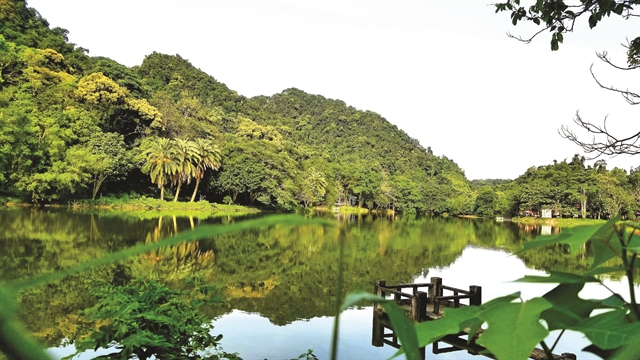 |
| GREEN LUNG: Established in 1962, Cúc Phương is the oldest national park in the country. Photo courtesy of the park |
"Leave nothing but footprints. Take nothing but photographs. Kill nothing but your time. Help protect Cúc Phương!"
This simple message is written on a board standing on the roadside when entering the core forest area of Cúc Phương National Park, the first of its kind in Việt Nam, established in the northern province of Ninh Bình in 1962.
The message has become a strong slogan reminding visitors of the importance of their behaviour and actions toward nature when visiting Cúc Phương, only some 120km southwest of Hà Nội.
It also shows the efforts and targets of the park's management board and local authorities in improving people's awareness of forest protection and preservation.
Located between the provinces of Ninh Bình, Hòa Bình and Thanh Hóa, the park, covering 22,000 hectares, boasts engaging cultural and wildlife heritage and enchanting scenery.
It is a jewel of the world's forest ecology. Magnificent limestone mountains rise majestically from green rice terraces and the traditional stilt houses of the Mường ethnic minority.
The park's dense forests form the habitat for some of Asia's rarest animal and plant species. It is no wonder researchers, naturalists, and conservationists alike are drawn here.
For three consecutive years (2019-2021), it was honoured among Asia's notable national parks by the World Travel Awards.
Many visitors to Cúc Phương see the vast and mysterious area as an "amazing labyrinth", but not many know how Cúc Phương's preservation work has made great achievements for nearly 60 years, and how the national park has been internationally recognised as the largest wildlife protection area in Southeast Asia.
"Cúc Phương has been implementing the three pillars in its development including forest protection associated with biodiversity conservation, scientific research and international cooperation and environmental education along with ecotourism," Phạm Quốc Vinh of the park's management board told Việt Nam News.
"Among the three main tasks, the park takes forest protection associated with biodiversity conservation as the most important since it is regarded as a foundation for implementing the other two.
"Only when the forest is secured will it become a premise for ecotourism development."
Cúc Phương takes forest protection as the "root" for scientific research. Tourism is developed based on implementing the two factors of protection and conservation.
To keep forests secure and safe, Cúc Phương park authority has undertaken measures to enforce protection rules, from improving personnel's law enforcement capacity to vocational skills for forest rangers.
"We aim for every local resident to become a ranger so that they can be with us to protect this forest," he added.
Vinh revealed the park aimed to form a conservation ecosystem with the participation of all, including local authorities, residents and tourists, in a "closed cycle" to preserve and protect the forest.
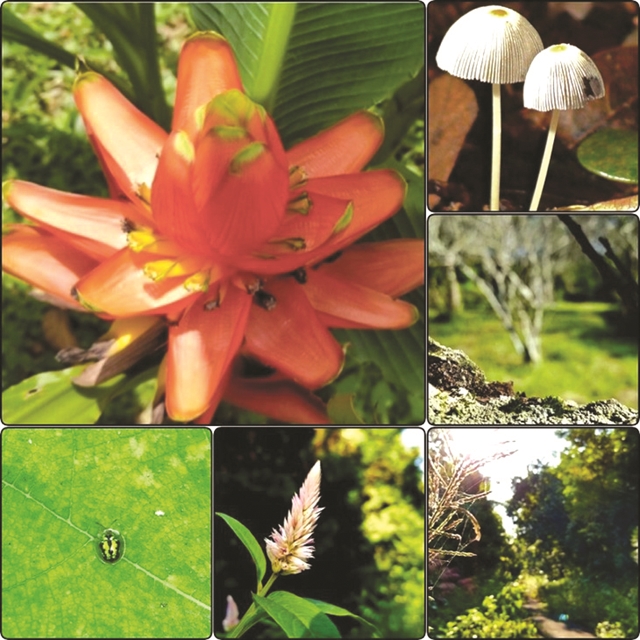 |
| GARDEN OF EDEN: Covered in a dense forest, Cúc Phương landscape forms the habitat for some of Asia's rarest plant species. Photo from the park's facebook page |
Conservation education programmes
Cúc Phương National Park has launched activities to inspire love for nature in the community and improve awareness of the importance of forest protection and conservation.
The Conservation Awareness Programme (CAP) is the main part of the park's conservation project. It is an important component in its long-term development strategy with a target of protecting natural resources for Việt Nam's future generations.
Established in 1996, the programme aims to improve awareness about the importance of conservation in Cúc Phương through education in local schools.
The project also hosts a village programme, focusing on adults of local communities and awareness of conservation for visitors to the park.
There are currently 43 conservation clubs active in local schools, with a curriculum to educate about the forest and environment. Over 15,000 students participate each year.
CAP at Cúc Phương is the longest-running programme of its kind in Việt Nam and has gained significant support from national and international organisations.
Another programme organises eco-tours integrated with knowledge about wildlife and nature.
For the first time in history in a national park, visitors can participate in releasing rescued animals back into the wild.
Themed Về Nhà (Home Coming), the experience tour launched last year, provides chances for tourists not only to directly release wild animals after being rescued back into the forest, but spread the message of natural protection.
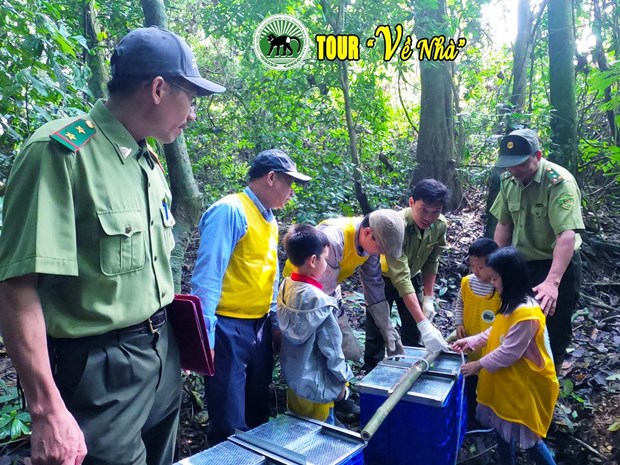 |
| HOMEWARD BOUND: As part of the educational eco-tour 'Về Nhà' (Home Coming), forest rangers at Cúc Phương National Park guide visitors to release wild animals after rescue and return them to their natural homes. VNA/VNS Photo Mạnh Quyền |
The special tour is part of a long-term programme, Hành trình hồi sinh (The Journey to Revival), run by the park authority to help people take part in the care, treatment and health recovery of rescued animals, especially those at risk of extinction, mostly in Ninh Bình.
In the first phase, the programme enables organisations, families, and individuals to participate in the endangered primate rescue programme. This will be expanded to the turtle, meat-eating mammal, and pangolin conservation programmes in the second phase.
Overcoming many difficulties in the past 60 years, Cúc Phương has now become not only a "cradle" of forestry staff training, but also an environmental education site that has left a special impression in the eyes of international conservationists and visitors, according to Director of Cúc Phương National Park Nguyễn Văn Chính.
The park contains the historical and cultural values of indigenous people with an interplay of cultural and historical spaces in Ninh Bình, Thanh Hóa and Hòa Bình.
"As the world faces the consequences of climate change and pressure of overheated economic growth, a few forests like Cúc Phương are demanding that we think seriously about how to behave in harmony with nature," said Chính.
He emphasised the importance of environmental education through ecotourism activities, describing it as a channel that the park is conducting to raise awareness of protection of wildlife, and forward the message of love for nature, and fair dealings with nature.
The park has promoted tourism products carrying such messages consistently, with the motto: "Each visitor is a messenger spreading the love for nature!"
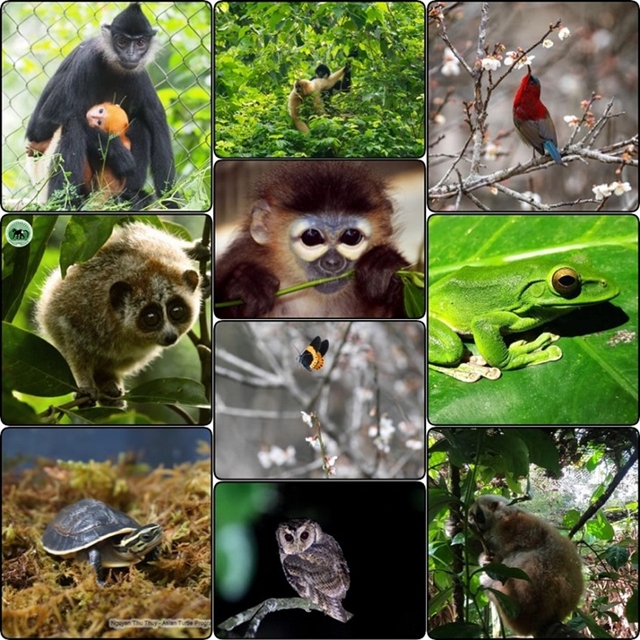 |
| FULL OF LIFE: Cúc Phương is also the residence of hundreds of wild rare animals. Photo from the park facebook page |
3D Mapping
The latest activity carried out by the national park is the establishment of a 3D model, completed last month to help boost the management and protection of natural resources.
The Participatory 3D Mapping (P3DM) model is an exciting method that has been implemented to support the process of knowledge sharing and collaboration with local residents for the management of protected areas.
With the support of the International Union for Conservation of Nature, the P3DM exercise was held with local villagers in and around Cúc Phương National Park. It integrates local residents spatial knowledge with technology to produce physical and geo-referenced 3D models.
The physical nature of the method enhances discovery learning through verbal, visual and tactile experiences, stimulating feedback, promoting debates and negotiations and generating shared information in visible and tangible formats.
According to Deputy director of the park Đỗ Quang Lập, with a ratio of 1:10,000, the 3.1m by 2m model reflects an area measuring 31km by 20km of the park's core zone and part of its buffer zone.
It will help improve knowledge of the potential of tourism in and around the park and engage local residents in developing new and sustainable community-based tourism.
The 3D model will also help locals assess the COVID-19 impact on the access to and use of local natural resources.
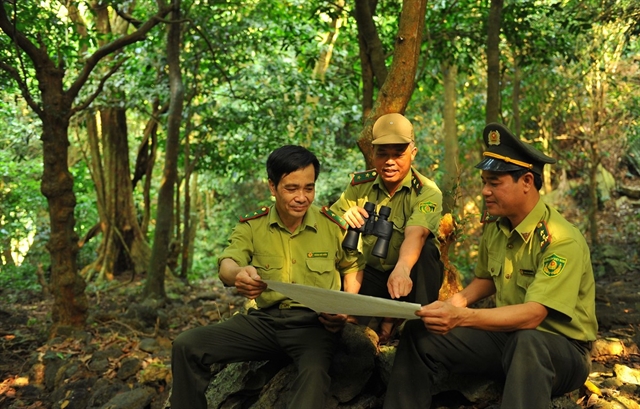 |
| PRESERVING AND CONSERVING: A day at work for the forest rangers in Cúc Phương National Park. VNA/VNS Photo Minh Đức |
The model was built from May to July this year with the participation of teachers and students of the Nho Quan B High School in Nho Quan District of Ninh Bình, along with residents in 18 villages located in the park's core and buffer zones in Hòa Bình, Ninh Bình, and Thanh Hóa.
It will continually be updated with the participation of relevant parties and the utilisation of digital technology and the internet to help turn the park into a sustainable tourist destination. VNS